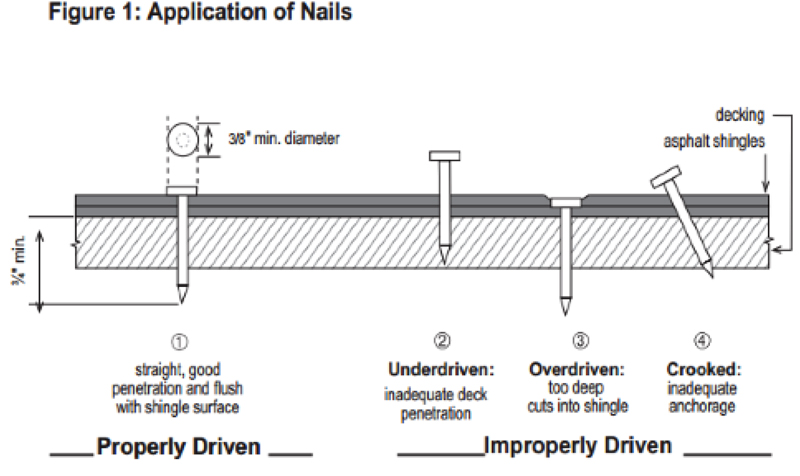Termination for Convenience: Necessary Evil or Unfair Advantage – Part 1

The termination for convenience allows an owner to terminate a contract at any time without cause, if it is in the owner's interest.
By Trent Cotney
Over the past 30 years, construction contracts have become increasingly one-sided in favor of the owner of the project. Contracts have evolved to include a myriad of provisions to shelter owners from liability. These provisions include no damages for delay provisions, which prevent contractors from obtaining damages for certain types of delays caused on a construction project, limitations on consequential damages, and written change order and notice requirements. In addition to these types of exculpatory or risk shifting provisions, owners have also sought to gain more control over the contracting process by creating more favorable termination and default provisions, such as the termination for convenience clause.
This article will be the first of four articles on the termination for convenience clause, and will focus on the origins of the termination for convenience and explain its modern usage by owners.
Simply stated, the termination for convenience allows an owner to terminate a contract at any time without cause, if it is in the owner’s interest. For example, if an owner underestimates the quantity of materials needed for a project in its bid proposal, it can use the termination for convenience to terminate the winning bidder, without having to pay breach of contract and consequential damages to the terminated party. See Custom Printing Co. v. United States, 51 Fed.Cl. 729 (2002) (holding that contracting officer who used convenience termination against contractor for underestimating bid quantities did not act in bad faith).
Terminations for convenience may also be used to limit damages where a cardinal change occurs on a construction project. During the course of most construction projects, there are change orders and modifications that alter the original terms of the contract. These changes are usually minor in scope and may entitle the contractor to additional time and/or money. If the contract contains a “changes clause,” then the change is considered part of the contract work and the contractor must perform the change provided that it is compensated accordingly. However, under certain circumstances, the owner may seek such a fundamental change in the nature of the work that it is deemed to be a “cardinal change,” because the requested change dramatically alters the terms of the contract. See Atlantic Drydock Corporation v. U.S., 773 F.Supp. 385 (M.D. Fla. 1991).
Even if the contract includes a changes clause, the contractor is not required to perform the changed work and may sue the owner for breach of contract damages. In that situation, an owner may utilize a termination for convenience to limit the owner’s exposure to damages. See T&M Distributors, Inc. v. United States, 185 F.3d 1279 (Fed.Cir. 1999) (recognizing that convenience terminations are often used because of a cardinal change). The convenience termination allows the owner to terminate the contract and issue a subsequent bid proposal for the remaining work to be performed on the project without the repercussions associated with a breach of contract or an expensive request for an equitable adjustment to the contract.
Terminations for convenience first appeared in government contracts after the Civil War. At that time, the federal government had entered into hundreds of war time military procurement contracts. After the war ended, there was no longer a need for the massive quantities of goods and services ordered under the contracts yet to be manufactured or delivered. As a result, the courts acknowledged that the government “had to have the power to halt the contractor’s performance.” Torncello v. U.S., 681 F.2d 756, 764 (Ct. Cl. 1982).
The first case to recognize the need to grant the government the power to utilize convenience terminations was United States v. Corliss Steam-Engine Co., 91 U.S. 321, 23 L.Ed. 397 (1876). The Corliss case involved a dispute between a contractor and the Navy regarding two contracts that were executed during the Civil War. The contract was not completed before the conclusion of the war and the Navy sought to renegotiate the contract terms based on the change in circumstances. The Navy and the contractor entered into a settlement agreement to conclude the contract.
Ironically, Corliss, which is widely considered to be the cornerstone for supporting the use of terminations for convenience, focused on the ability of the Navy to bind the federal government through settlement agreements and not the ability of the government to terminate contracts based on changed circumstances. The Corliss Court held that the Navy had the ability to bind the United States and that the settlement agreement with the contractor was binding. In so doing, the Court articulated:
With the improvements constantly made in ship-building and steam-machinery and in arms, some parts originally contracted for may have to be abandoned, and other parts substituted; and it would be of serious detriment to the public service if the power of the head of the Navy Department did not extend to providing for all such possible contingencies by modification or suspension of the contracts, and settlement with the contractors. Id. The Court recognized the need for the government to alter existing contracts where there is a significant change in circumstances.
Termination for convenience provisions began appearing in contracts during the early twentieth century. In response to World War I procurement, Congress passed the Urgent Deficiency Appropriation Act which allowed the President to “modify, suspend, purchase of ships or material.” Pub.L.No.65-23, 40 Stat. 182. Terminations for convenience continued to evolve during World War II, were first utilized for peacetime procurement in the 1950s, and continue to be used today.
Author’s note: The information contained in this article is for general educational information only. This information does not constitute legal advice, is not intended to constitute legal advice, nor should it be relied upon as legal advice for your specific factual pattern or situation.
Trent Cotney is Florida Bar Certified in Construction Law, a member of the National Roofing Contractors Association (NRCA), General Counsel and a director of the Florida Roofing Sheet Metal and Air-Conditioning Contractors Association (FRSA), General Counsel and member of the Governance Committee of the National Women in Roofing (NWIR), the Treasurer of the West Coast Roofing Contractors Association (WCRCA), and affiliated with almost a dozen other roofing associations. For more information, contact the author at 866-303- 5868 or visit www.RoofingLawyer.com.


-2025-xtv-mls-tour-2.png)




















Comments
Leave a Reply
Have an account? Login to leave a comment!
Sign In